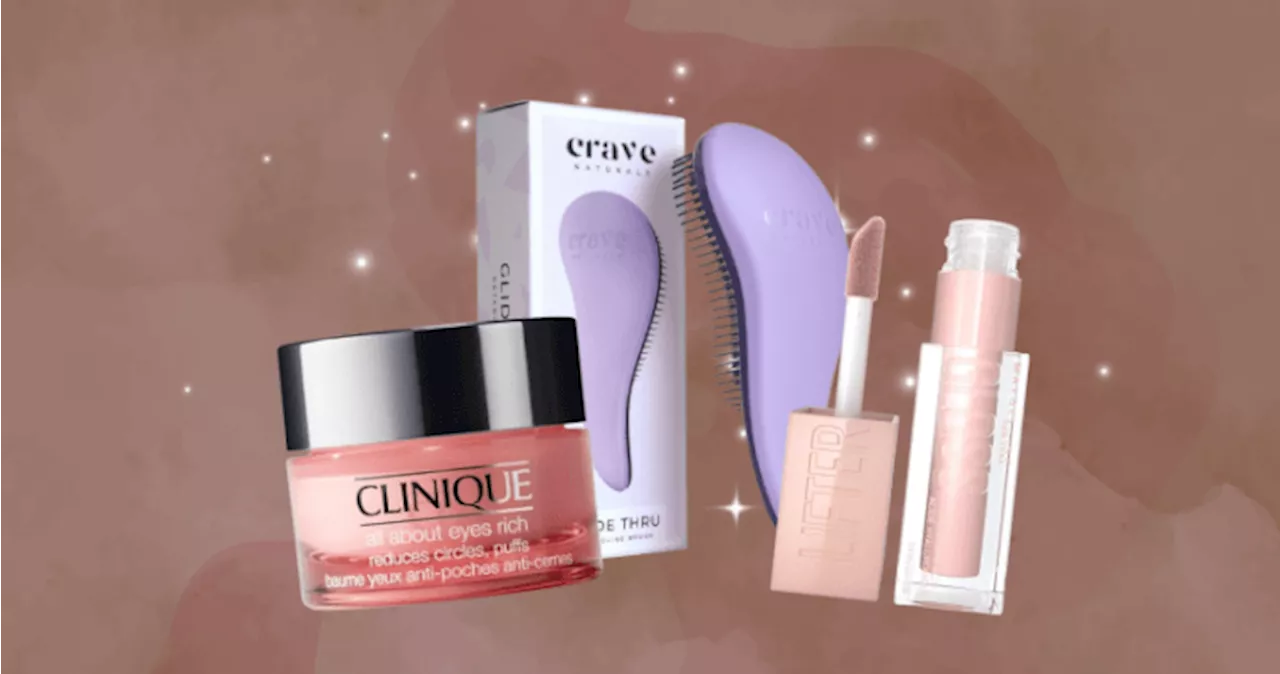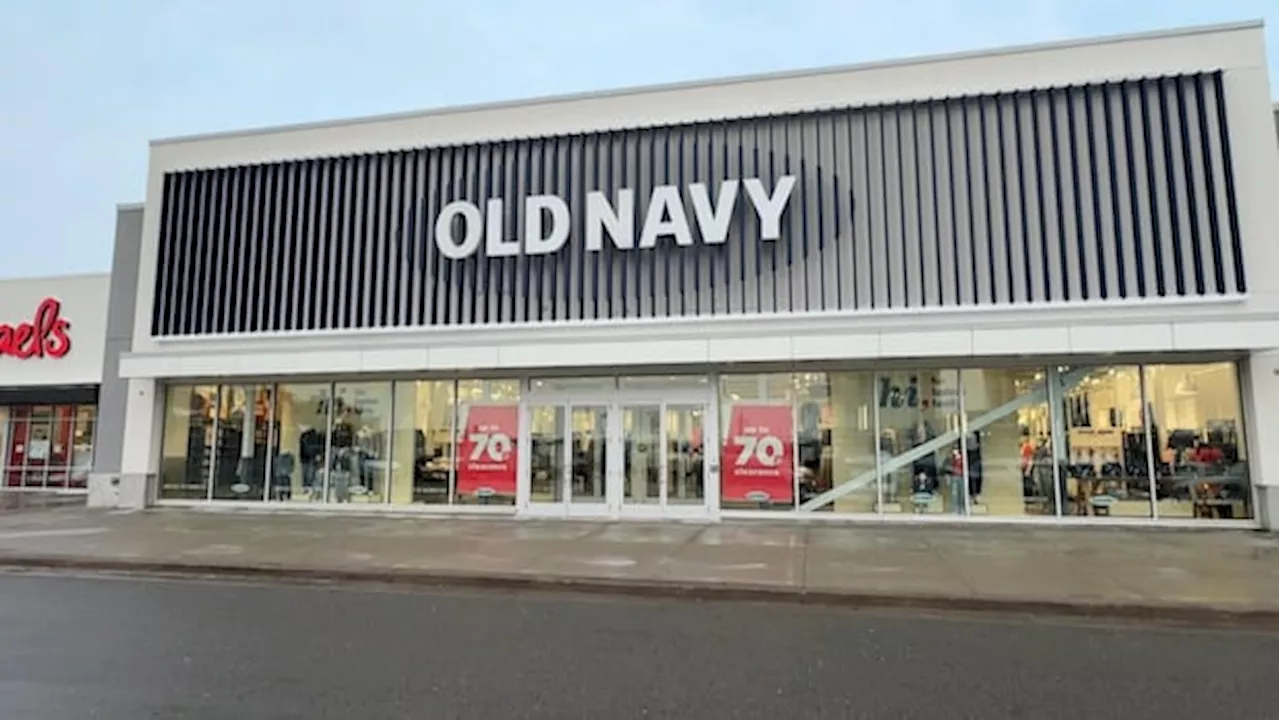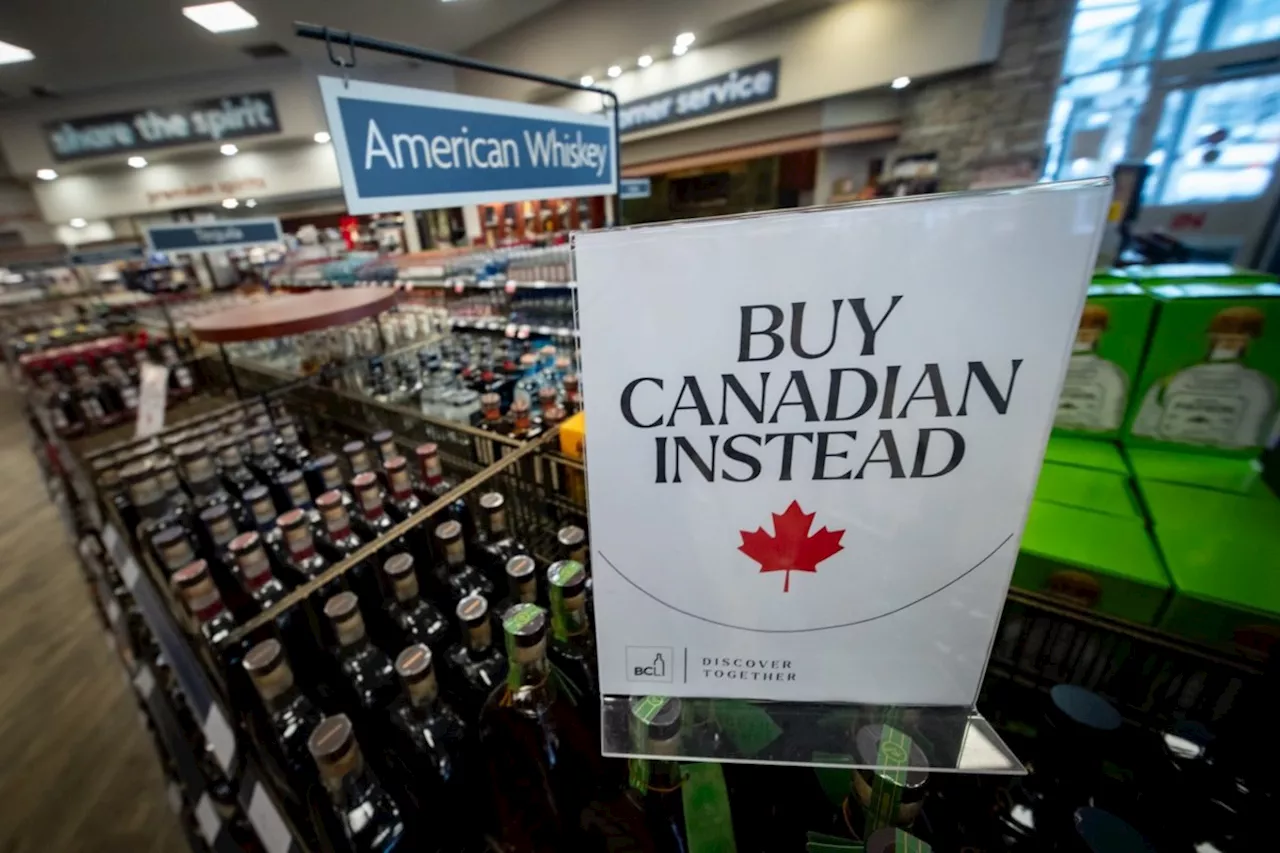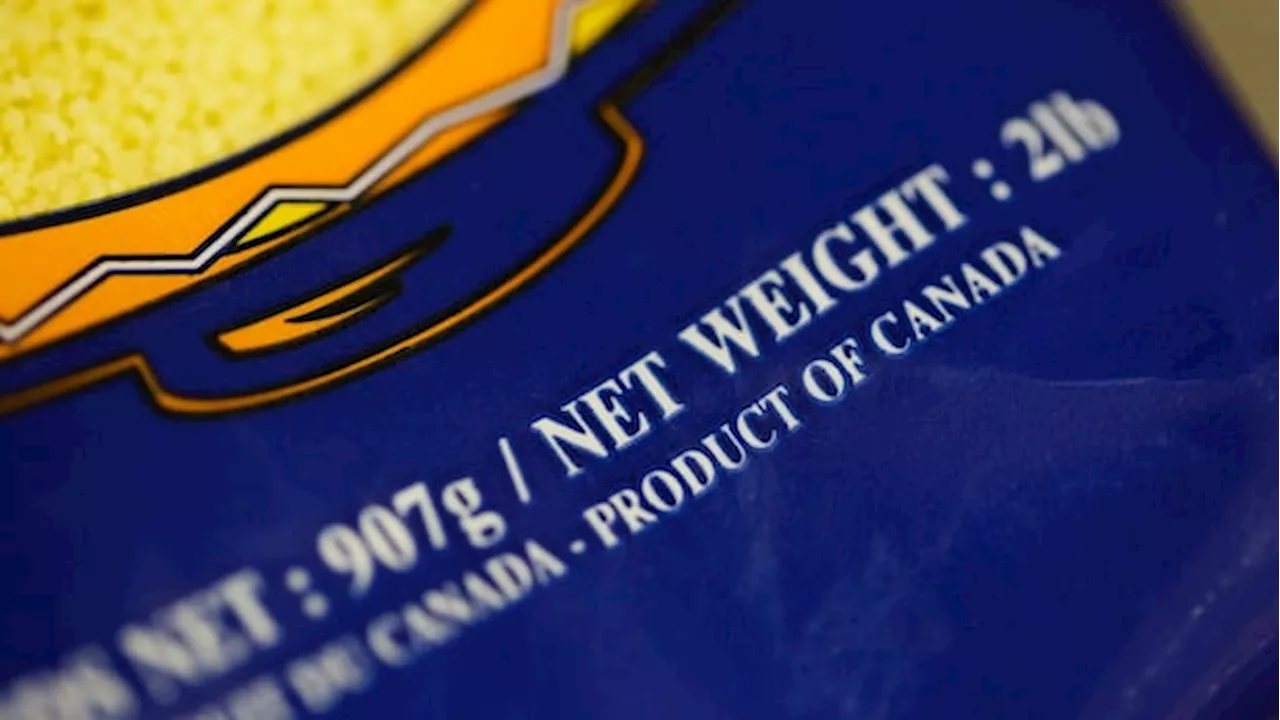While off-price retailers like TJ Maxx, Marshalls, and Ross offer enticing discounts on beauty products, there are potential risks associated with their condition and shelf life. This article explores the challenges of ensuring product quality and safety in these environments, emphasizing the importance of careful selection and examining potential signs of degradation.
Off-price retailers like TJ Maxx, Marshalls and Ross have earned a devoted following for their significantly discounted deals on clothing, accessories, home goods and beauty products from well-loved brands, and the treasure hunt-like shopping experience has become a TikTok staple, with creators sharing haul videos that capture the thrill of discovering coveted products at a steal.for $16.99 .
Another concern is shoppers turning store items into testers, either opening them up to smell or dipping their fingers in to test their texture and color. As a board-certified dermatologist and founder of Facet Dermatologypoints out, “There are many ingredients used in skin care products that are considered volatile or unstable, which is why should only be opened for use. In many cases, exposure to air makes these ingredients less effective over time.
HuffPost also reached out to TJ Maxx and Marshalls for comment about their protocols to ensure quality, but hadn’t received an answer at time of publication.Choosing smart, protective packaging can significantly increase your chances of purchasing a product that’s still fresh and has safe and effective ingredients. According to, head of chemistry at Novi , opaque or dark bottles are ideal for shielding light-sensitive ingredients like vitamin C and retinol, preventing them from breaking down.
OFF-PRICE RETAIL BEAUTY PRODUCTS EXPIRATION DATE SKIN CARE PRODUCT QUALITY
Canada Latest News, Canada Headlines
Similar News:You can also read news stories similar to this one that we have collected from other news sources.
 Unleash Your Inner Beauty: Must-Have Beauty Products On SaleDiscover a curated selection of top-rated beauty products from laser hair removal devices to hydrating lip glosses, detangling brushes, and more, all available at incredible discounts. Upgrade your beauty routine with these must-have items designed to enhance your natural radiance.
Unleash Your Inner Beauty: Must-Have Beauty Products On SaleDiscover a curated selection of top-rated beauty products from laser hair removal devices to hydrating lip glosses, detangling brushes, and more, all available at incredible discounts. Upgrade your beauty routine with these must-have items designed to enhance your natural radiance.
Read more »
 LoadedMarketplace Investigates: Are Old Navy Deals Really Deals?CBC's LoadedMarketplace investigates pricing practices at Old Navy and Canadian Tire, finding numerous examples of consistently discounted items and misleading sale tactics. The report raises concerns about transparency and consumer trust in retail.
LoadedMarketplace Investigates: Are Old Navy Deals Really Deals?CBC's LoadedMarketplace investigates pricing practices at Old Navy and Canadian Tire, finding numerous examples of consistently discounted items and misleading sale tactics. The report raises concerns about transparency and consumer trust in retail.
Read more »
 Are Old Navy's 'Deals' Really Deals?CBC Marketplace investigated sale items at Old Navy and Canadian Tire, finding that Old Navy items were frequently on sale, even for the majority of the seven-month tracking period. The investigation questioned the genuineness of discounts offered by Old Navy.
Are Old Navy's 'Deals' Really Deals?CBC Marketplace investigated sale items at Old Navy and Canadian Tire, finding that Old Navy items were frequently on sale, even for the majority of the seven-month tracking period. The investigation questioned the genuineness of discounts offered by Old Navy.
Read more »
 Decoding the Canadian Automotive Landscape: A Province-by-Province Look at Top Vehicle SearchesThis article delves into the trends shaping the Canadian automotive market by analyzing the most popular vehicle searches across each province. From Ontario's blend of luxury and practicality to Quebec's focus on affordability and the Maritime provinces' embrace of diverse options, the article reveals insights into consumer preferences and the factors driving vehicle purchasing decisions.
Decoding the Canadian Automotive Landscape: A Province-by-Province Look at Top Vehicle SearchesThis article delves into the trends shaping the Canadian automotive market by analyzing the most popular vehicle searches across each province. From Ontario's blend of luxury and practicality to Quebec's focus on affordability and the Maritime provinces' embrace of diverse options, the article reveals insights into consumer preferences and the factors driving vehicle purchasing decisions.
Read more »
 Decoding Canadian Labels Amidst Tariff FearsWith Canadian goods facing 25% tariffs from the U.S., shoppers are scrutinizing labels for their origin. This article clarifies the meanings behind 'Product of Canada', 'Made in Canada', 'Canadian', '100% Canadian', and the iconic Maple Leaf, explaining the regulations and nuances for various product categories.
Decoding Canadian Labels Amidst Tariff FearsWith Canadian goods facing 25% tariffs from the U.S., shoppers are scrutinizing labels for their origin. This article clarifies the meanings behind 'Product of Canada', 'Made in Canada', 'Canadian', '100% Canadian', and the iconic Maple Leaf, explaining the regulations and nuances for various product categories.
Read more »
 Decoding 'Made in Canada' and 'Product of Canada': The Canadian Buying MovementPrime Minister Trudeau's call to buy Canadian amidst U.S. tariff threats has raised questions about the nuances of product labeling. Understanding the difference between 'Made in Canada' and 'Product of Canada' is crucial for consumers navigating this complex landscape. This article delves into the regulations governing these labels, highlighting the challenges and complexities involved in identifying truly Canadian-made products.
Decoding 'Made in Canada' and 'Product of Canada': The Canadian Buying MovementPrime Minister Trudeau's call to buy Canadian amidst U.S. tariff threats has raised questions about the nuances of product labeling. Understanding the difference between 'Made in Canada' and 'Product of Canada' is crucial for consumers navigating this complex landscape. This article delves into the regulations governing these labels, highlighting the challenges and complexities involved in identifying truly Canadian-made products.
Read more »
